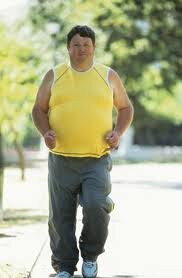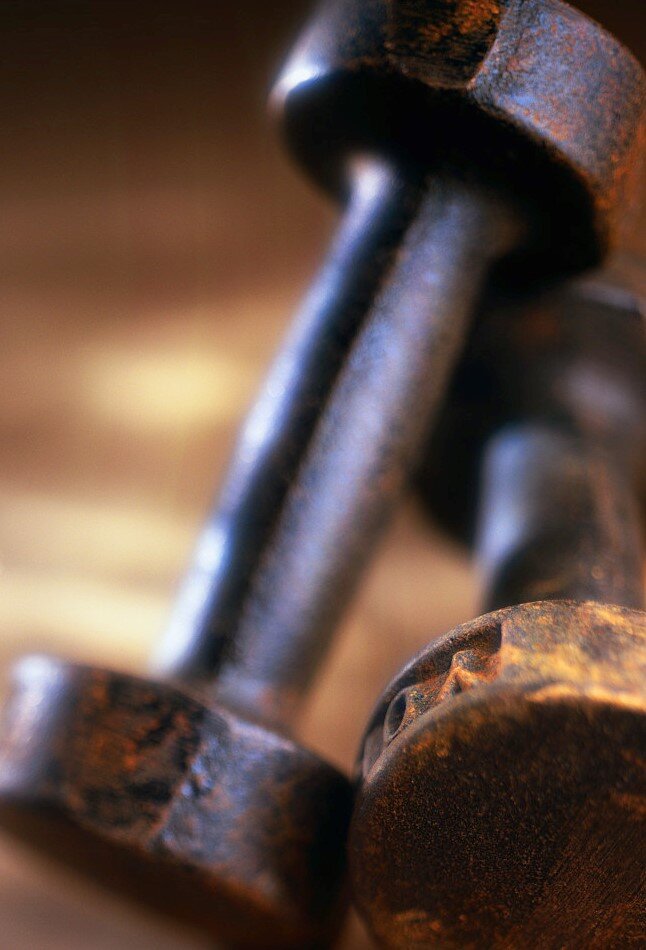In this day and age of information overload, sometimes it's easy to miss the important information that matters. We are so overwhelmed with hype, commentary that's called 'reporting', and marketing hype disguised as research, it's difficult to decide what information is worth your attention.
That's where I come in --
As part of my effort of keeping you in the know, and properly informed, this article came across my desk and I just had to share it with you. It contains many of the things you probably already know, but don't practice as strictly as you should. In addition, it also shares some habits (you know how big I am on habits), that also lead to weight gain.
Check it out: Worst Foods For Weight Gain
Are you a person that spends more than 6 hours a day at your desk? Then this article is especially for you. I had previously posted something along the lines of how sitting can effect life expectancy, but this one goes a bit further. I cannot stress enough the importance of getting up and moving. Your body was not made to sit or stand idle for long periods of time. Whether it's to get a six pack or live a long, active life, movement has got to be a regular part of your weekly, if not daily, schedule.
Here's some motivation to get moving: Inactivity is Harmful
Time and time again you've heard me mention the importance of interval cardio training as a way to shed body fat quickly and effectively. Well here's a bit of a spin on the interval method, but using weights. A good article to cut down on your cardio even more and still get outstanding results.
Transform your body in even less time: Getting Serious Results
Now you have some excellent information that you can actually use to get results quickly and effectively. And guess what, you didn't have to buy anything!
So --
Get On Track and Stay On Track!

























